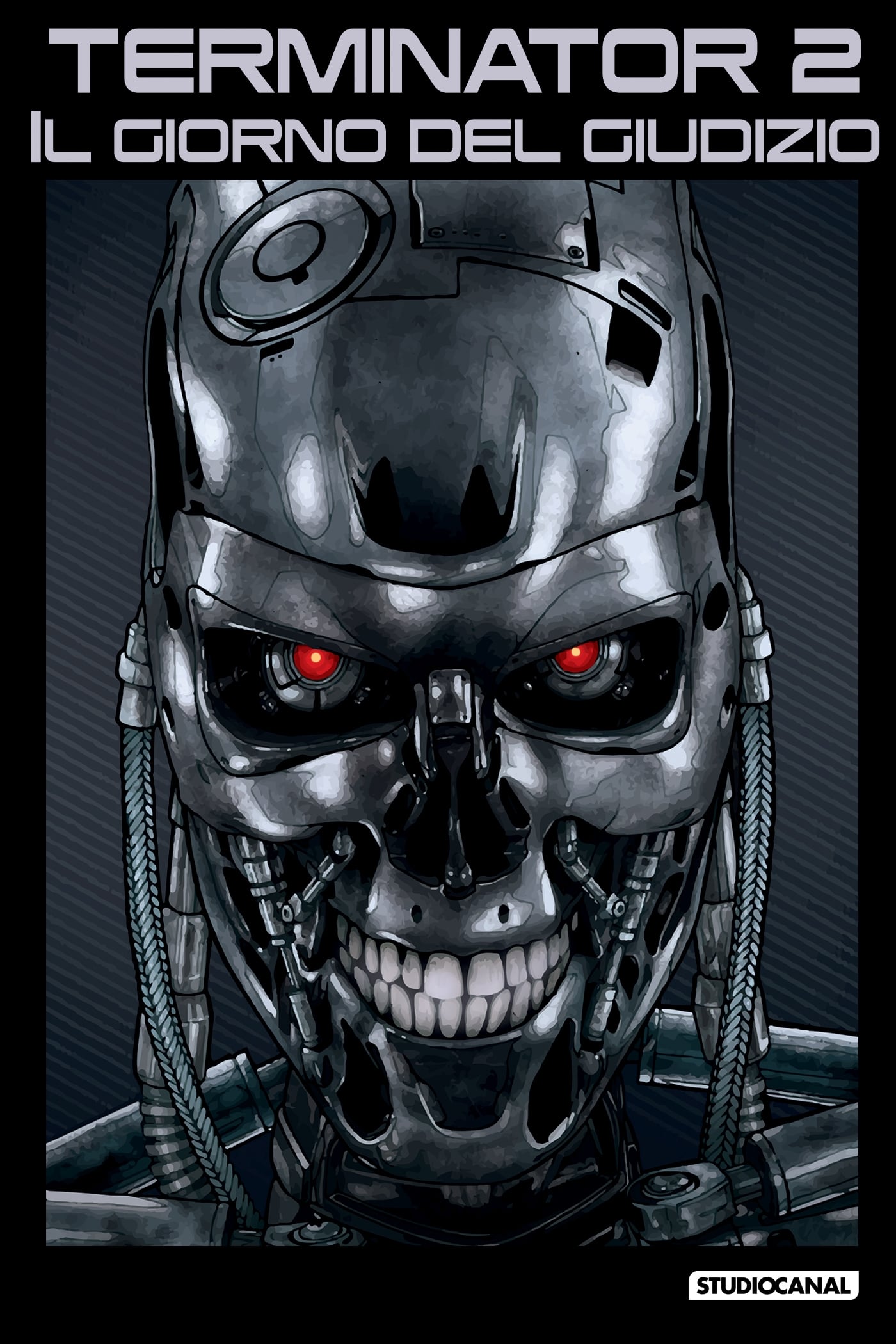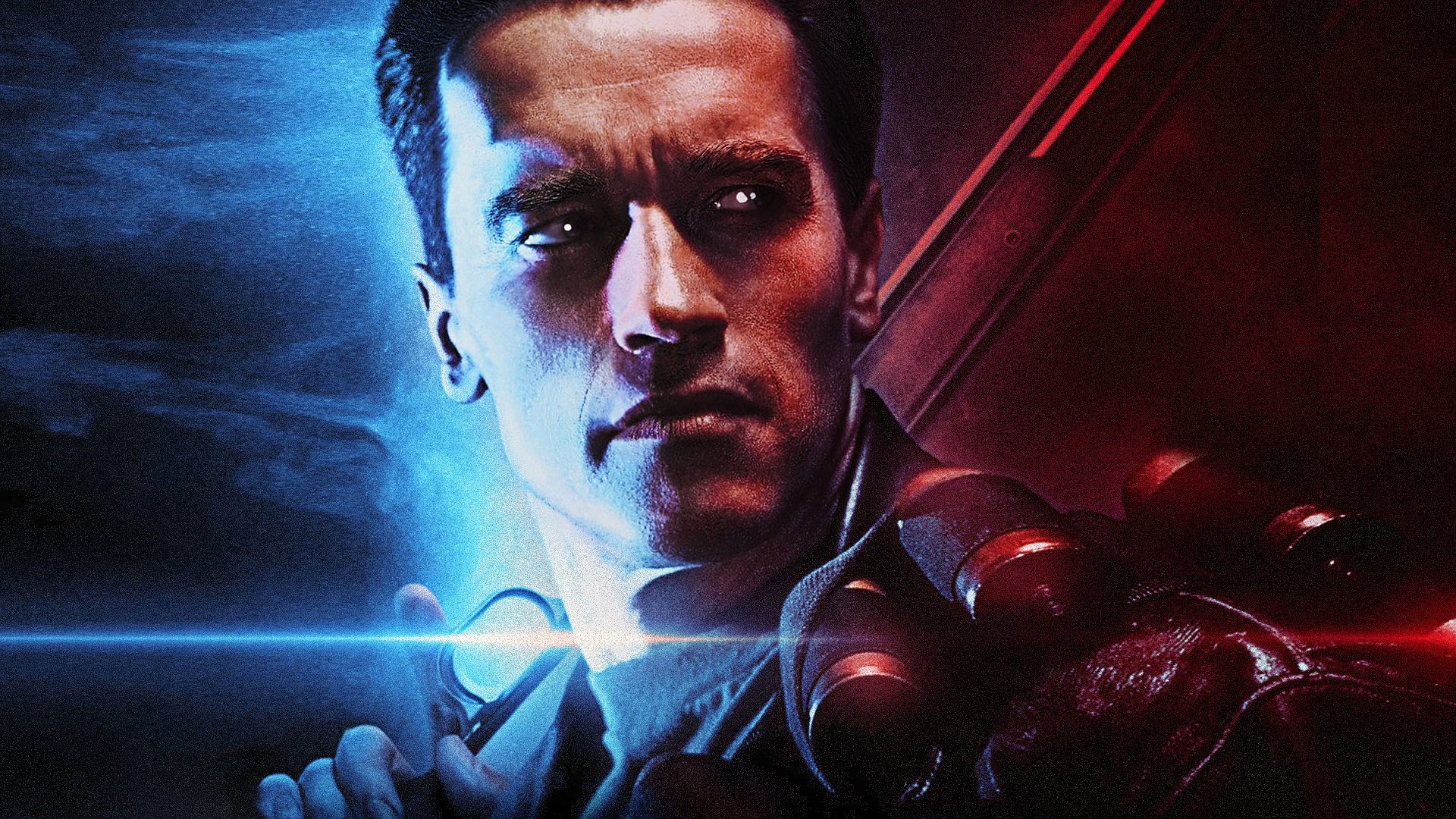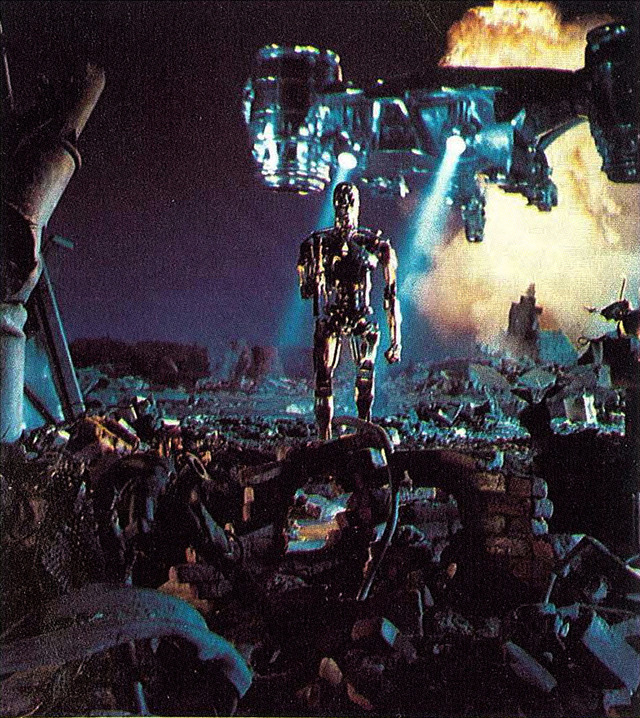
The computer people come to it from a video point of view they're not as familiar with the end result and how critical it is in a major motion picture. By being a regular cinematographer and also being interested in matte painting and effects, I know when things look real and when they don't. "It has been important for our shows that my background has not been in computers.

Dennis Muren, ASC The CG stained-glass knight from Young Sherlock Holmes (1985). By being a regular cinematographer and also being interested in matte painting and effects, I know when things look real and when they don’t.” “It has been important for our shows that my background has not been in computers. "One shot in there was actually a digital comp," Muren added. "Allen Daviau asked, ‘When can I see any one shot that has gone through the digital world and back into film again?’ There have been a few: about six shots in Back To the Future III, two in The Abyss, and we did one in Young Sherlock Holmes about eight years ago - the stained-glass man." He referred to a sequence in which a figure in a stained-glass window came to life, leaped to the floor and attacked a man with his sword. Muren recollects something a fellow cinematographer said recently at a technical meeting. A lot of people are doing digital stuff, but we are trying to copy a 35mm frame, to get high resolution so that if we cut it into a picture you can't tell the difference." "The digital stuff has just come together within the past year. "Digital compositing means that the CG man is put into the shot with no artifacts at all - the grain pattern matches from foreground to background," says Muren. The advantages of digitization of images involving computer graphics have proven to be greater than was anticipated, judging from the results seen in T2. At the start of this picture - just a year ago - the same people who are now saying they can do it were saying, ‘You can't do it.’ We took a big risk and managed to pull it off, but at the start I thought we were only going to be able to get about a third of the shots and that the rest would have to be composited by the old techniques, but we managed to get them all digitally." "The point is that this show wasn't a sure thing at all. We had get to people from Europe, New Zealand and Canada. A lot of people wouldn't come to work here because when they saw the storyboards they didn't think it could be done. We began gearing up and hiring more people - we had to more than double the size of the department. "Jim had his fingers crossed and I had traditional backups for almost everything, so that if something was not going to work there would still be some way we could tell the story and not get a horribly embarrassing shot into the show. "When we started the project we didn't know if we could do it," Muren recalls. If either of these were removed, the work wouldn't look as good. The other thing is the digital compositing. One is a CG character that was never built but that we created, animated and gave reflections to. In this picture, audiences are seeing two really important things that are separate. "With T2, we started out with around 45 or 50 shots.

"That stuff is still not easy to do and you have to be careful or else you're going to get stuck later on with something that will look pretty fakey." "I'm worried now that it may happen again with computer graphics, and also things like wire removal and rod removal, which are going to have a big impact on the industry," Muren adds. Dennis Muren, ASC (far right) led the visual effects effort at ILM.


More recently, he and a hand-picked crew at Industrial Light & Magic contributed many highly sophisticated effects involving computer graphics and digital compositing to Terminator 2: Judgment Day. Muren was one of the visual effects experts whose skills were showcased in the trail-blazing Star Wars saga, placing him among the top players in the field. A lot of little motion-control companies were set up, and for about three years people had to learn how hard it was to use it effectively." The work wasn't coming out as well because it seemed easier than it really was. A lot of people out there were saying that they could do the Star Wars stuff and they really hadn't done it yet. “It’s in a rather dangerous transition time, as it was just after Star Wars. “Visual effects is a different world than it used to be,” muses Dennis Muren, ASC. Some pictures may be additional or alternate. The reflections add a realistic touch. This article originally appeared in the December 1991 issue of AC. Of an airborne helicopter and - in liquid At top, the T-1000 smashes through the canopy In a recent interview regarding ILM’s extraordinary work on Terminator 2, Dennis Muren, ASC takes a knowledgable look into the future of motion-picture visual effects.


 0 kommentar(er)
0 kommentar(er)
